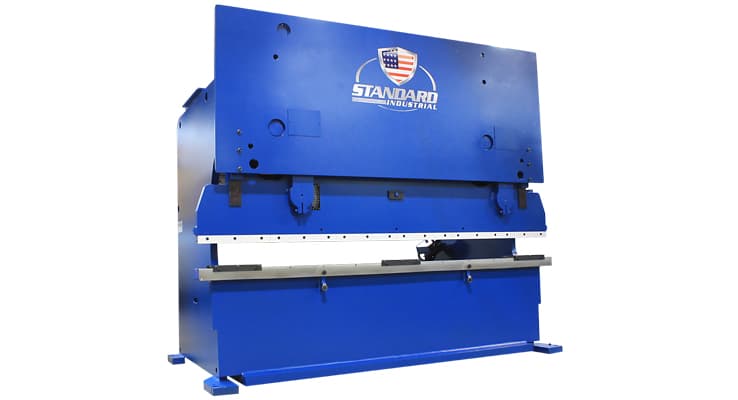This options list could be almost endless, we will just list the major ones here, if you don�t see something you want, just ask us we probably have it. Since safety is of the utmost priority, at the top of our list of options is the AKAS-LC world class laser safety system, considered to be the best you can get for a press brake. Light curtain Sick C 4000 for combination machines. Additional axis up to 14. Extended travel back gauge to 39 inches with safety light curtain. Sheet follower with motorized height adjustment. Updated cnc controllers from Delem (DA69T) or Cybelec (10S,12S,15S, 3D with PC1200). Quick release clamping, hydraulic clamping, Wila or Wilson mechanical or hydraulic clamping, tooling options from the �who�s who� of press brake tooling. Bottom tool positioning systems, thickness measurement systems, offline software for V-Bend or Profile-W.
There are many options with our high end precision press brakes. These include better controls, more setups, faster part production and large daylight openings. A stable, fast AC servo-motor-driven back gauge system is featured. Outboard mounted long Ram guides are also available (which offer stability while still allowing for full length between the frames) to aid in acute angle bending.



